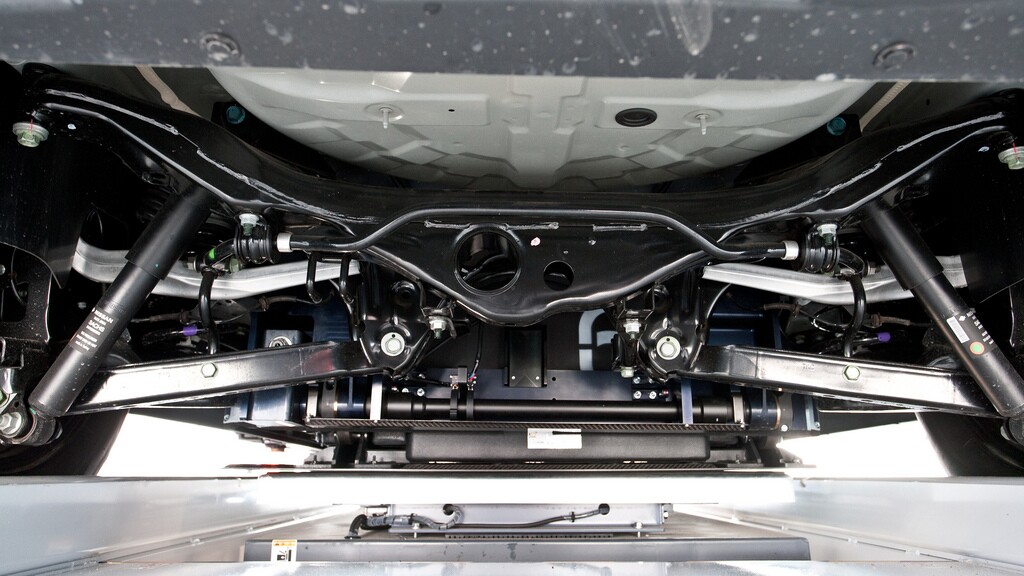By now must of us are aware of the benefits of electric vehicles (EVs). They’re better for the environment, they’re quiet, they have less moving parts and are therefore more reliable and cheaper to operate and maintain than their combustion-powered counterparts. But it’s obviously not all upside or EVs would be the rule on our roads rather than the exception. One of the major hurdles is the time it takes for them to recharge their batteries. One solution is swapping a dead battery for a fully charged one. That’s just what a project in Tokyo is doing with the launch the world’s first switchable-battery electric taxi.
“Tokyo has more taxis than London, Paris, and New York combined, with approximately 60,000 vehicles, representing a high mileage, high visibility segment that can serve as the catalyst for this technology to transfer to the mass market,” said Kiyotaka Fujii, President of Better Place Japan, an EV services provider based in California.
Tokyo electric taxi project
For the Tokyo electric taxi project, Better Place and Nihon Kotsu, Tokyo’s largest taxi operator, will operate three switchable-battery electric taxis, which are available to the public at the taxi line reserved for environmentally-friendly vehicles on the first floor of the Roppongi Hills Complex. Better Place worked on the design, engineering and conversion of the gasoline powered, crossover utility vehicles turning them into electric taxis with switchable batteries that are provided by A123 Systems. The electric taxis will be supported by a network of charging points and battery switch stations that swap the taxis' batteries located in the underbelly of the vehicles through an automated process. The aim is to overcome the dual problems of relatively short range and long downtimes for battery recharging.

Better Place ran a demonstration of the switchable-battery taxi in Yokahama last year and its success prompted Japan’s Ministry of Economy, Trade, and Industry to commission the Tokyo project. The battery switch station deployed in Tokyo represents a significant advancement over the Yokohama switch system, featuring the integration of battery storage and charging with optimal thermal management capabilities. The Tokyo switch station also features nearly continuous operation of switching batteries for the three vehicles while optimizing battery life and performance, which can be monitored in real time online.
Best option for heavy use vehicles
Without switchable batteries the repeated, rapid charging needed for heavy use vehicles such as electric taxis degrades the lifespan and performance of the batteries used in EVs. And for such vehicles even 20-30 minute quick charge options are impractical anyway, as every second a taxi is off the road costs the operator money. Those behind the Tokyo electric-taxi project see battery-switching as the only cost-effective solution that delivers the flexibility required. It can deliver an “instant charge” – a fully charged battery in less time than it takes to fill a conventional vehicle’s fuel tank or recharge an EV via other charging methods.
“Since our initial announcement of this project, we’ve heard from cities around the world interested in converting their taxi fleets as a concrete way to fight CO2 emissions and urban pollution. Electric taxis are a pragmatic step forward for governments as well as a lucrative segment in the electrification of transport,” said Fujii.
The project will run for 90 days to demonstrate the duration, durability, robustness and resistance to degradation of the battery switch process under actual operating conditions with vehicles that operate nearly continuously.
The project marks a major milestone for Better Place leading up to a complete system test of all components of the company’s EV solution in Israel before year’s end, ahead of a commercial launch of its EV solution in Israel and Denmark planned for late 2011.





